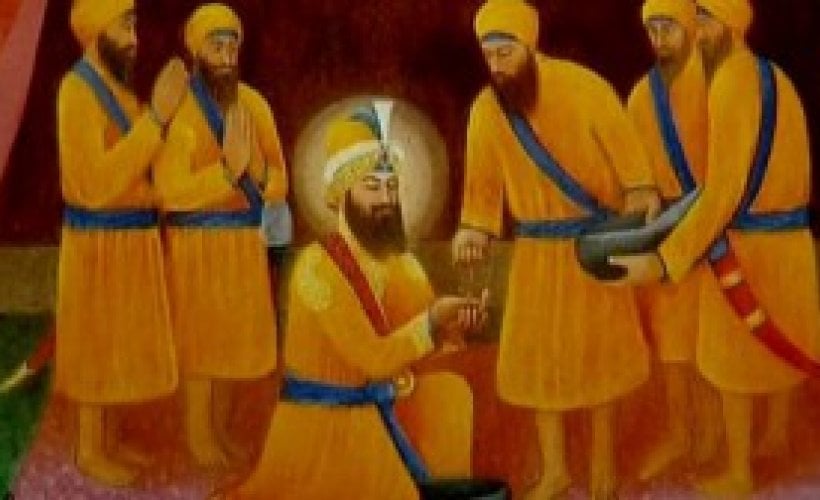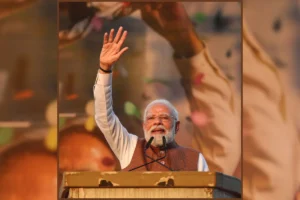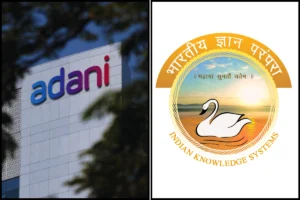
Sardar Ratan Singh Bhangu reiterated that all power belongs to God who is supreme. God handed over this power to Guru Nanak Devji. Bhangu’s book, ‘Prachin Panth Prakash’, is considered one of the most authoritative and comprehensive accounts of Sikh history, covering the period from the birth of Guru Nanak to the formation of the Sikh Misls in the 18th century.
Sardar Ratan Singh Bhangu was a prominent Sikh writer and warrior. He was born in the late 1700s in the village of Phulkiyan in Fatehgarh Sahib (Punjab), India. He was born in a family of warriors; His father, Sardar Rai Singh, served as a commander in the Sikh army, and his grandfather, Sardar Mehtab Singh, was a renowned Sikh warrior who played a key role in defending the Golden Temple from looters.
Bhangu is best known for his work Prachin Panth Prakash, which he started writing in 1809 and completed in 1841. The original manuscript was discovered and published in 1914.
The British East India Company was very keen to understand how Sikhs came to control political power in Punjab. Since Bhangu was a member of the ruling Sikh aristocracy, he had first-hand information about the struggle and success of the Khalsa, so he set out to record the Sikh rise to political power in Punjab through oral histories and data collected from family histories and interviews of British and French officers in Punjab because he wanted to prove that Sikh political power was absolutely legitimate. Although Bhangu was not a trained historian and written records were unavailable during that time, his work is considered authentic because it is in accordance with the religious text. It was a formidable task, he wrote it in old Punjabi verse and Bhai Veer Singh, the great Sikh savant got it printed at Vazier Hind Press, Amritsar in 1914.
The book itself is divided into 8 parts, each covering a different period of Sikh history, and is written in simple and lucid language to narrate the historical events. With reference to Guru Nanak, he stresses that the Guru was an essence of all incarnations, a special representative of God. In the section about Guru Teg Bahadur, he establishes that the Guru’s martyrdom was for the general cause, to bring about a far-reaching political aim to end the oppression of people. Bhangu understands and propounds the ‘Order of Khalsa’ as a successor of the Guru. His history of the rise and spread of the Khalsa Parth is quite accurate and unique.
Sardar Rattan Singh Bhangu’s contribution to Sikh literature and histography has been significant as he wrote through eye-witness accounts, narrating the most important to the minutest details with accuracy. His work has played a crucial role in preserving Sikh history and culture and had helped shape the identity of this community. He was a great Gursikh who gave 41 years of his life writing and compiling the ‘Pracheen Panth Prakash’ which forms the basis of Sikhism today.
Sardar Ratan Singh Bhangu was also known for his bravery and valor in the battlefield apart from his literary contributions. He fought against the Mughals and was instrumental in defending his community against oppression. In the First Afghan War (1839–42), Bhangu provided transport and provisions to the British government.
He died in the Battle of Sobran in 1845, where due to betrayal, the Sikhs lost all their gunpowder and ammunition and thousands of Sikh soldiers chose to die honorably by charging the enemy lines rather than surrender.
Bhangu’s legacy inspires future generations of Sikhs to study and preserve their rich culture and inspiring history. His work, Akatya, is the most essential source of Sikh history. Today he is remembered as a historian, writer and warrior who made significant contributions to Sikh history.
(WITH INPUT FEED)
To read more such news, download Bharat Express news apps




















